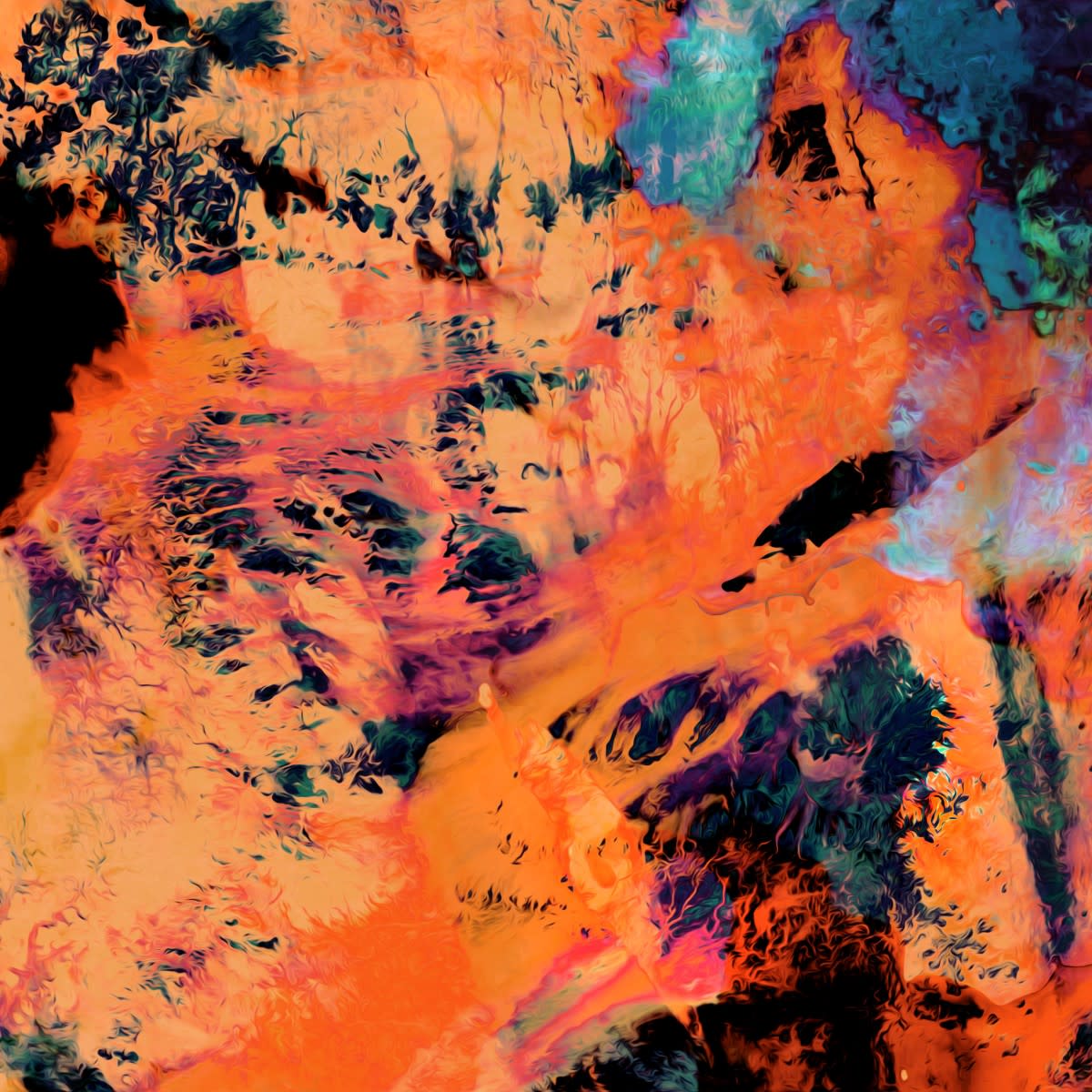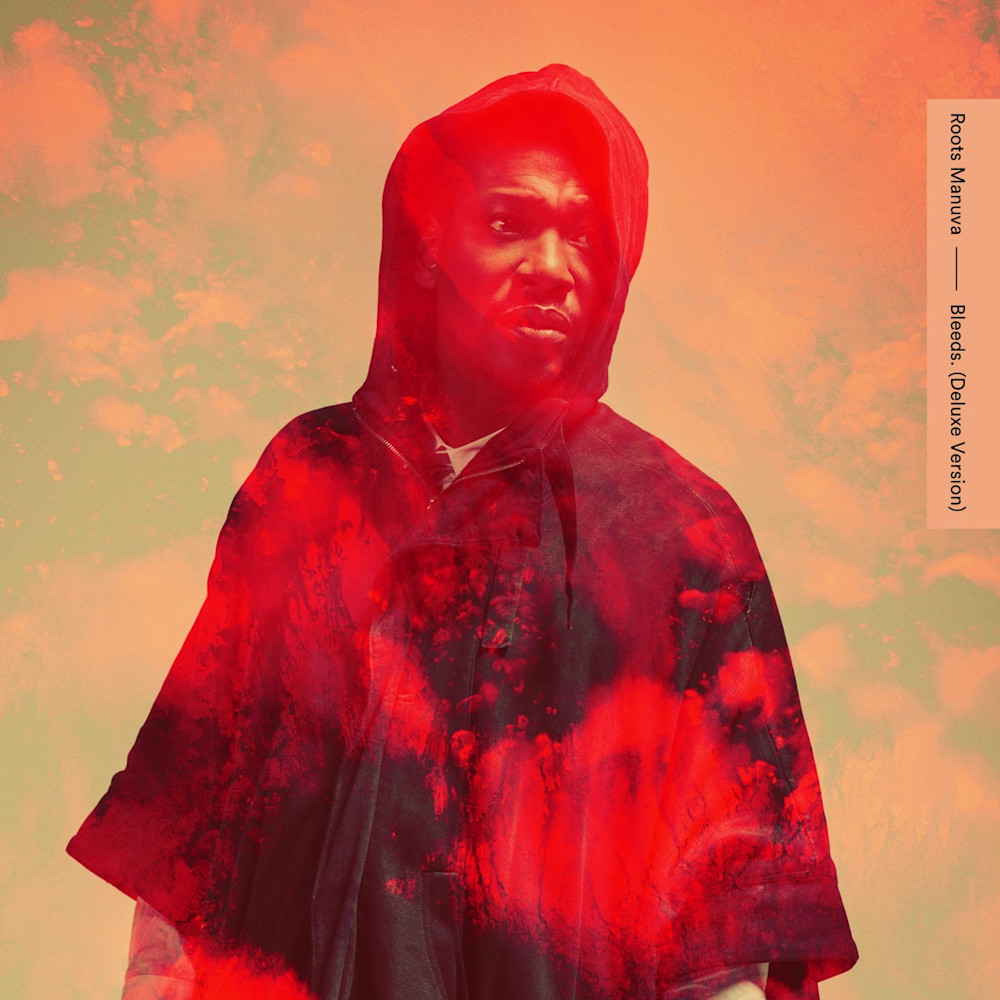Occupation?

For any creative with a less-than-defined role, it’s a difficult question to answer when travelling countries. When you can point to the album covers of Tame Impala, Foals, The Horrors, Mount Kimbie or Bonobo, it makes things a little easier.
Leif Podhajsky has a back catalogue of work to back up his answers of “Graphic Designer”, “Designer”, or occasionally “Creative Director.” However, Digital Artist is probably most encompassing term that covers his hazed out, geometric arrangements of nature passed through warped kaleidoscopes.
He’s used to answering that question as well. Originally from Melbourne, Podhajsky has lived in Berlin and currently calls London home. It’s obvious that each place visited impacts on his work differently. The most influential ones, according to him, are the “cultures which have an innate and deep connection with nature and the natural cycles of the Earth. The Incas, Aztecs and Aboriginal cultures… seem to have grasped a true knowledge and balance with their surroundings.”

"I'm overwhelmed with the amount of great artists, that I like to remove myself somewhat from seeing or hearing too many things. It allows me to develop my own style and focus on creation without distractions. Especially true in a digital age with so many distractions at our fingertips."

Thematically, the harmony, balance, knowledge, and wisdom that comes from a connection to nature run through his work. Many of his works, like Flower, show a natural pattern refracted and re-arranged through a geometric view.
Similarly, the theme of music also surges through his work. A dig through his blog, Visual Melt, shows artists like Sven Erixson nestle next to mixtapes from Tim Sweeny or Pinchy and Friends. Evidently, curated mixes form a key part of his routine to get in his creative mindset. “God bless these bastions of respite from having to decide what to play, the wizards of good taste who dedicate themselves to introducing you to new and wonderful sounds you never knew existed, a respite from the crushing weight of mediocrity!”
A passion for music led to his renown for developing a series of album artworks. From his first cover for Tame Impala’s Innerspeaker to his acclaimed work for Bonobo and Mount Kimbie, art form and music play a symbiotic role for Leif. In another interview for Dazed magazine, he said that music “helps the part of my brain that is logical and over-analyses to switch off. It eases the cortex into forming compositions in a more natural way."



The way he approaches designing for album covers illustrates how the two work together. It’s an interdependent process; “I always get very strong visual ideas in my head when I hear music, I’ll see shapes or colours kind of appear in a way… it then just takes a bit of coaxing to get it out of your head and into something that has a proper form.”
In a sense, the process of electronic music that Leif designs for and his process of working share similarities. Both take a sample of something old, then pass it through new technologies or methods to spin it into something new and fresh, to readjust it into a new perspective.
To do this requires some computer software in the form of Photoshop, Indesign, or Aftereffects, if the project calls for it. But in order to get the surrealist quality of the work, he pushes the program's limits to find its seams, to “use it in strange ways and break things almost.” Cracking a brief or an artwork “usually means letting go of what it should look like and experimenting. Sometimes the mistakes are what makes it click.”
This is in service of an aesthetic that blends digital techniques and organic feeling in its outcomes. Often, Leif will form organic matter like textures, drawings, and photos and scan it into to digital to create something new. The process and time for each piece differ – “sometimes with commissioned work it can take months to finish, as we work through rounds of changes etc. Other times it can be super quick, like an hour. For me, it’s getting to the place where it feels finished, which is hard to know, but you trust your gut and let go.” The last element of a piece is usually a tweaking of the colour. “I find this can really set the whole piece into place and give it a purpose or emotion, so I will work painstakingly through as many variations and subtleties to try and nail down the concept I’m trying to explore.”
The broad concept of Leif’s work is to open the mind to “perception of aspects of one’s mind usually unavailable to ordinary waking consciousness, or the creative exuberance of the mind liberated from its ordinary restraints.” The psychedelic aspect isn’t intended to invoke hippy themes or hallucinogens; more a reexamination of our relation to the world and our environment. It’s an “exploration of creativity and imagination with intent in finding answers to things in my own life, and things I sense and feel but can't explain.”
Leif does “try and convey hidden ideas and concepts through visual compositions.” However, don’t think these works are too serious or ponderous. He also occasionally draws tiny pixel penises.


"Exploration of creativity and imagination with intent, is finding answers and making sense of things in my own life"
Leif Podhajsky

When asked about the next medium or format for record covers, he’s candid. “I think moving record covers will be the new thing, thumbnails that bend subtly." (For example, his video directed for Mount Kimbie’s “Made To Stay.) "A lot of people say that album art is sort of dead or whatever but like with all things it’s just shifting and changing. For me, there are a lot of new outlets that really increase the scope and power of this combination of visuals and music. The internet means more people can experience the message in new and interesting ways. It’s just a matter of being aware of these and crafting the experience around it, rather than just being stuck in the idea that it should fit one format.”
The common evolution of music and art has a sense of the inevitable for him. “They’ll grow together naturally.” The visual and the auditory will inevitably interact to complement and heighten the power and emotion of the other. And at this intersection point, you’ll no doubt find Leif. Would you call his role a designer?
Whatever gets him past customs.